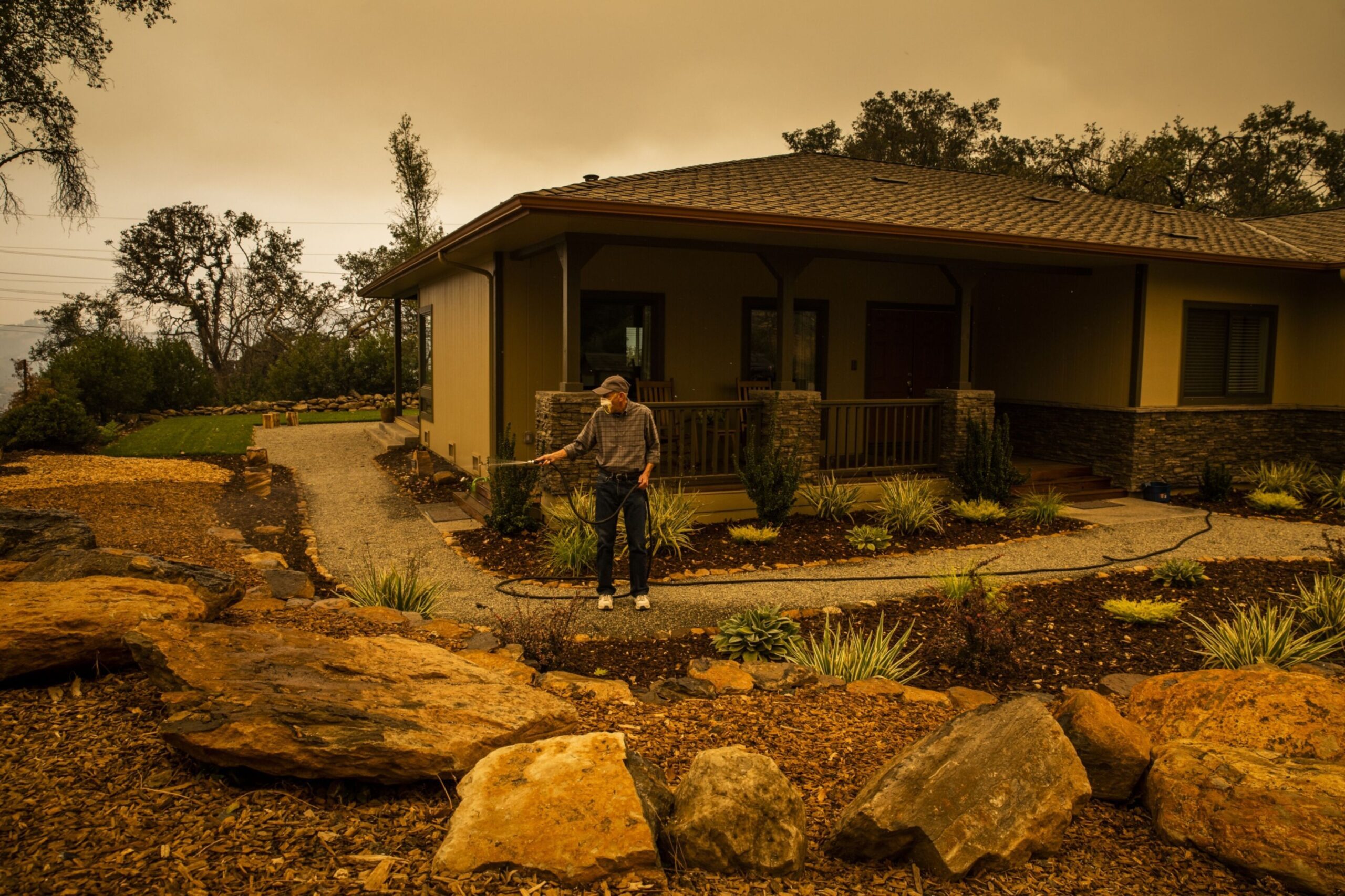(Bloomberg) —
When wildfire smoke comes to town, the first order of business is to try and avoid it. Many Americans learned this over the summer as toxic smoke repeatedly drifted down from Canadian forest fires and forced millions of people to stay indoors.
“The first thing is to go inside and close all the windows and doors,” says Delphine Farmer, a chemistry professor at Colorado State University. But the particles and gases in wildfire smoke can still “creep in through the edges of windows, cracks in the foundation,” she says. That’s why people in smoke’s path are advised to use high-quality air filters (such as a HEPA or MERV13 filter), set central air-conditioning to recirculate indoor air and layer in air purifiers to reduce pollutants like dust, molt, bacteria and allergens.
Even those precautions won’t work on gases, which can settle on surfaces and pose a threat to human health long after the haze outside clears. That was one finding in a study published Friday in the peer-reviewed journal Science Advances, of which Farmer is an author. The good news is: The same research found that simple cleaning — such as dusting, mopping, and vacuuming — can significantly reduce this risk.
Read more: US Air Pollution Progress Is Slowing. Researchers Are Looking at Cities
Wildfire smoke is a mixture of small particles, often referred to as “particulate matter,” and various gases, including what’s called volatile organic compounds, or VOCs. A large body of research points to the harmful effects of ingesting particulate matter, which can cause inflammation in the body that triggers coughing, breathing difficulties and even heart attacks.
There’s emerging evidence that the gases in wildfire smoke are also dangerous but, until now, there hasn’t been much research into what happens to those gases inside a home and how best to eliminate them.
To find out, Farmer and her colleagues released wildfire-like smoke into a two-story minimally furnished home and then closely monitored what happened. They found that VOCs initially settled on and were absorbed into various surfaces — think counters, floors and walls. (“In a normal house, the smoke would be expected to also settle on carpet and furniture,” Delphine wrote in an email.) Before long, those gases were then regularly re-emitted into the air, suggesting the gases could remain a source of indoor air pollution for days, weeks or months after a blaze.
Even after a wildfire smoke event ends, “we still have the VOCs issue,” says Jienan Li, a postdoctoral researcher at Colorado State University and lead author on the study.
Air filters and air purifiers do little to eliminate these gases, the study notes; neither does opening windows and doors. What did make a difference, to the scientists’ surprise, was a combination of cheap, commonplace cleaning products, applied within days to weeks of exposure.
“I’ve been joking that what we really did was what my mother taught me to do — just dust, vacuum, mop and use commercial cleaning solutions,” Farmer says. “The one really important thing is to not use one of those fancy oxidizing solutions — so no bleach, no chlorine-containing compounds, no peroxides. Those will all do some very strange chemistry.”
To contact the author of this story:
Zahra Hirji in Washington at zhirji@bloomberg.net
© 2023 Bloomberg L.P.





